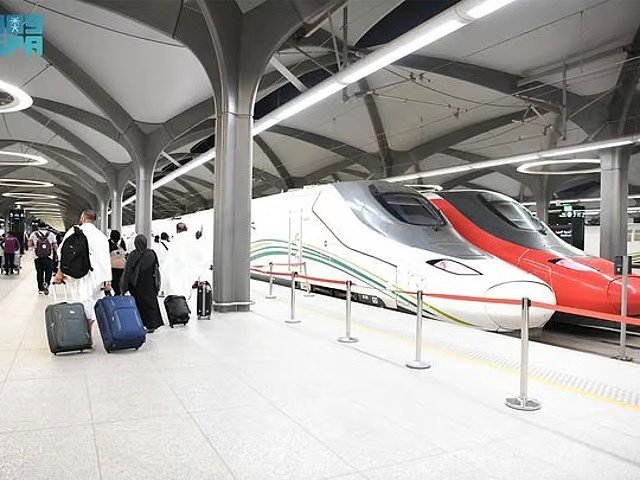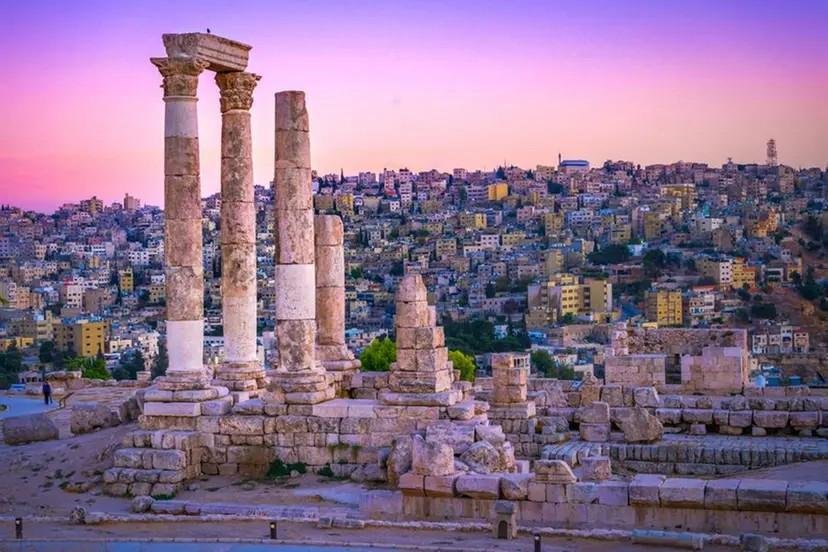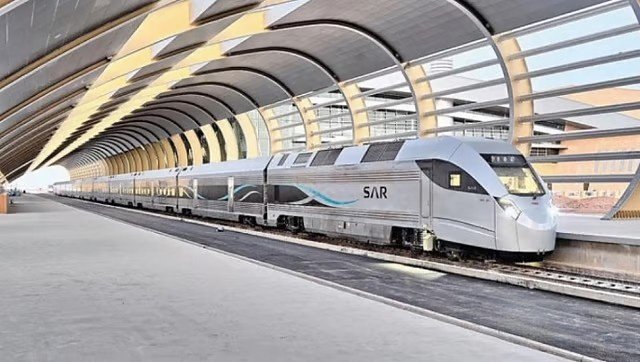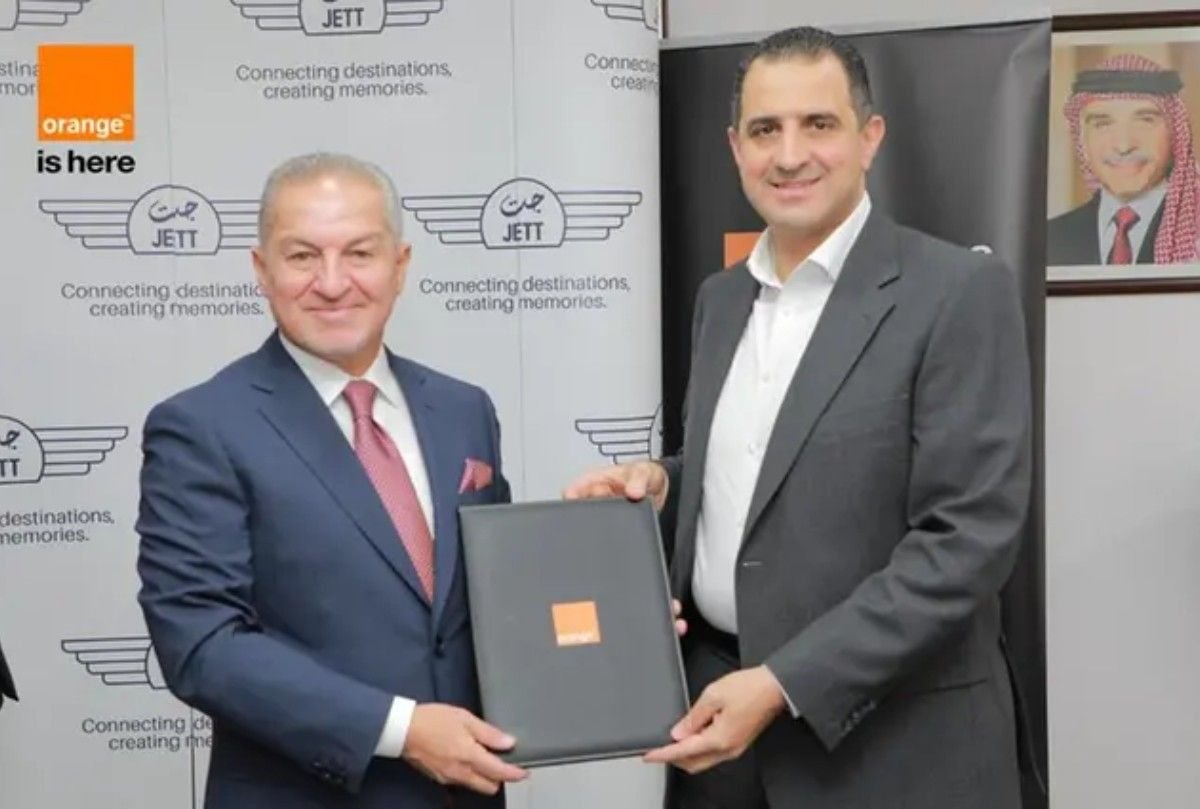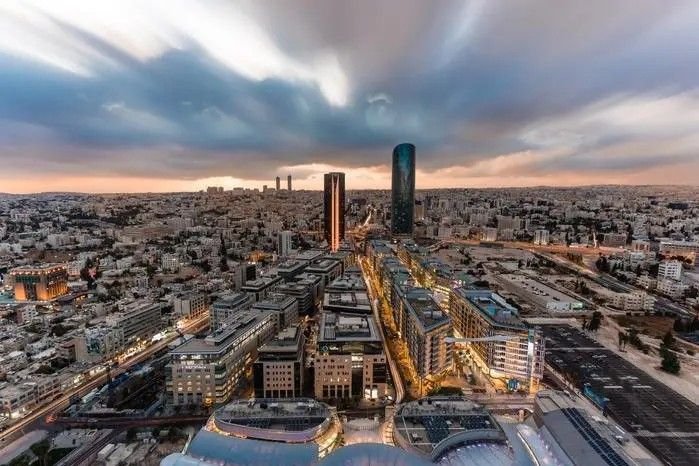Saudi Arabia’s transportation network saw record-breaking demand and performance during Ramadan, with the Haramain High-Speed Railway transporting over 1.2 million passengers, marking a 21% increase compared to last year. The achievement reflects the sector’s readiness and operational efficiency, according to Dr. Rumaih Al Rumaih, Acting President of the Transport General Authority (TGA).
“During Ramadan, we provided integrated transport services that met the significant increase in demand, achieving record figures that reflect the sector’s operational efficiency,” Dr. Al Rumaih said in a statement on Sunday. He credited the success to coordinated efforts between public and private stakeholders, focusing on smooth mobility and high-quality service for pilgrims, residents, and visitors.
Public transport buses carried over 10 million passengers within Saudi cities, with Mecca and Medina accounting for 34% of the total ridership. The ride-hailing sector also saw impressive growth, completing more than 7.8 million trips, a year-on-year increase of 81%.
Car rental activity spiked during Ramadan, with over 400,000 contracts signed, marking a 26% increase from the previous year. The logistics sector also posted strong results, fulfilling over 20 million delivery orders via mobile apps, with Makkah and Madinah accounting for nearly a third of the total.
Moreover, more than 26 million shipments and postal parcels were delivered across the country by 72 licensed companies, reflecting an 18% rise compared to last Ramadan.
Dr. Al Rumaih emphasized that these figures highlight not only the sector’s preparedness but also the success of ongoing regulatory and supervisory efforts aimed at improving service quality and operational standards.
He reiterated the TGA’s commitment to supporting the Kingdom’s National Transport and Logistics Strategy, which aligns with the broader Vision 2030 agenda. He also expressed his gratitude to government entities and private sector partners for their contributions to the Kingdom’s Ramadan mobility plan, noting their collaboration was vital in enhancing the experience for Umrah pilgrims and visitors to the Two Holy Mosques.











